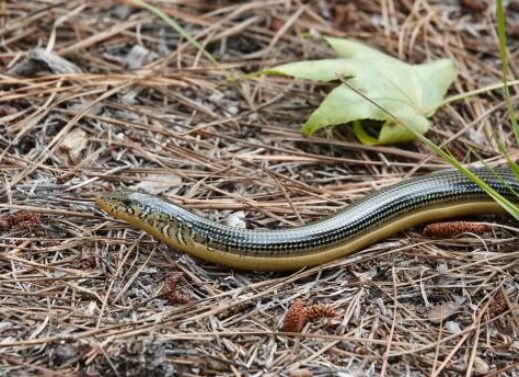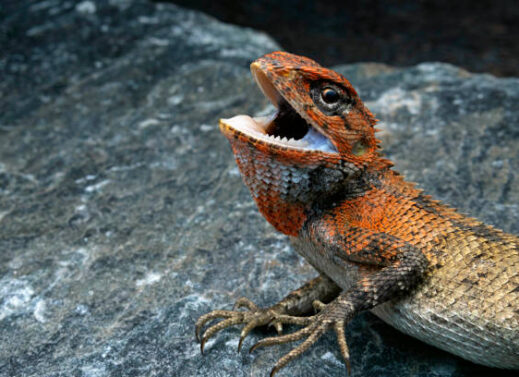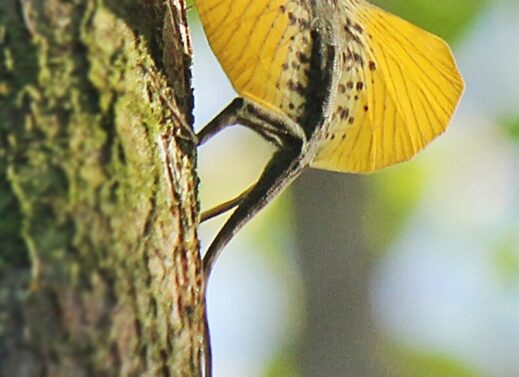OPHISAURUS (GLASS LIZARD)
Introduction Ophisaurus, commonly referred to as glass lizards, are a genus of legless lizards found across North America, Europe, and parts of Asia. Despite their snake-like appearance, they are true lizards, distinguished by features like movable eyelids and external ear openings. Their name "glass lizard" comes from their ability to…














